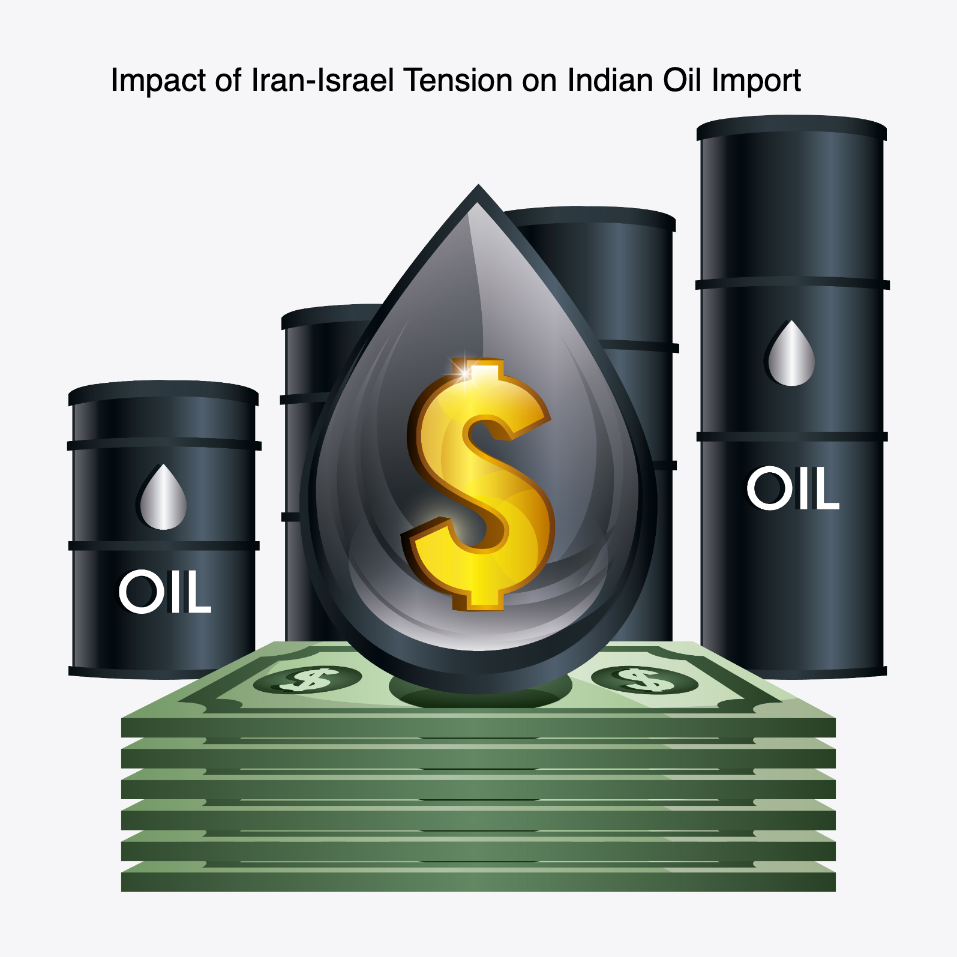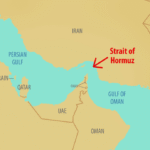⚠️ India Vulnerabilities & Adjustments
- Reduced dependency via Hormuz: India now imports less than half of its ~4.8 million barrels/day crude from the Middle East via the Strait.
- Immediate resilience: India has several weeks of fuel reserves, and Oil Marketing Companies continue receiving supplies from alternatives.
- Strategic diversification:
- India is scaling up crude imports from Russia (making it the top supplier in June 2025) and the U.S.
- A shift toward West African suppliers is underway to offset Gulf dependency.
📊 Oil Market Dynamics & Economic Risks
- Price volatility: Brent crude surged ~20% in June, spiking from ~$64–65 to $75 by mid-month, and hovered between $72–78.
- Import bill impact: ICRA warns a $10/barrel rise could add $13–14 billion to annual import costs and widen India’s current account deficit by ~0.3% of GDP.
- Freight and insurance jump: Shipping costs via alternate routes or insurance premiums could rise by 40–60%, increasing input costs across industries.

🛢️ Long-Term Strategies & Future Outlook
- Alternative pipelines: Some Gulf exporters are redirecting crude through over-land pipelines (e.g., Saudi Arabia’s East-West route), but these cannot fully compensate.
- Blending imports: India is balancing Gulf imports (~40%), Russia (~35%), and ramping up U.S. & Africa, reducing dependency on any one region.
- Domestic reserve readiness:
- SPR + OMC stocks hold about 74 days of supply (IOCL: ~42 days, strategic reserves: ~9+ days).
🔎 Bottom Line
| Impact Area | Effect if Strait Closes |
|---|---|
| Oil Supplies | Less disruption than expected due to diversification 👍 |
| Prices & Economy | Oil jump +$10/bbl → ₹13–14 bn trade deficit rise 📉 |
| Freight Costs | Higher shipping, insurance → inflation risk ⚠️ |
| Strategic Moves | Shifting to Russia, U.S., West Africa, pipelines, reserves |
India is comparatively better prepared than in past crises, but sustained closure risks inflationary pressures, balance of payments stress, and higher downstream costs. Continued diversification and reserve use are key buffers.










